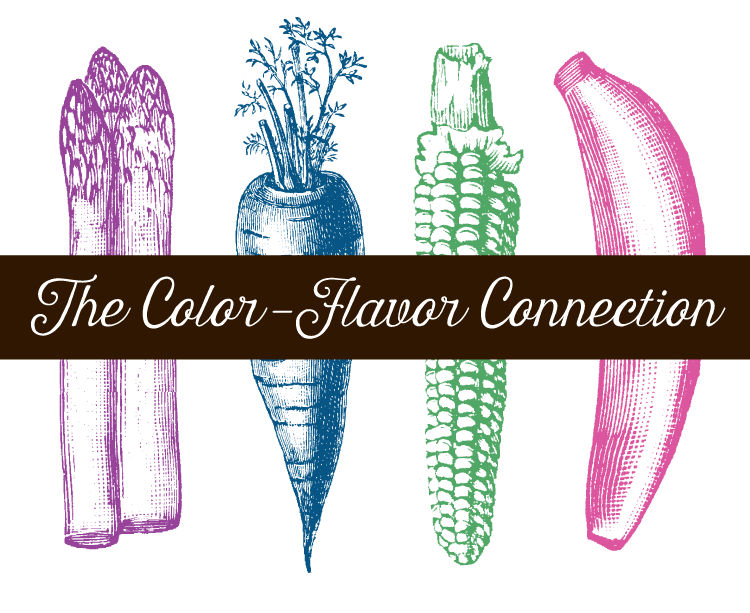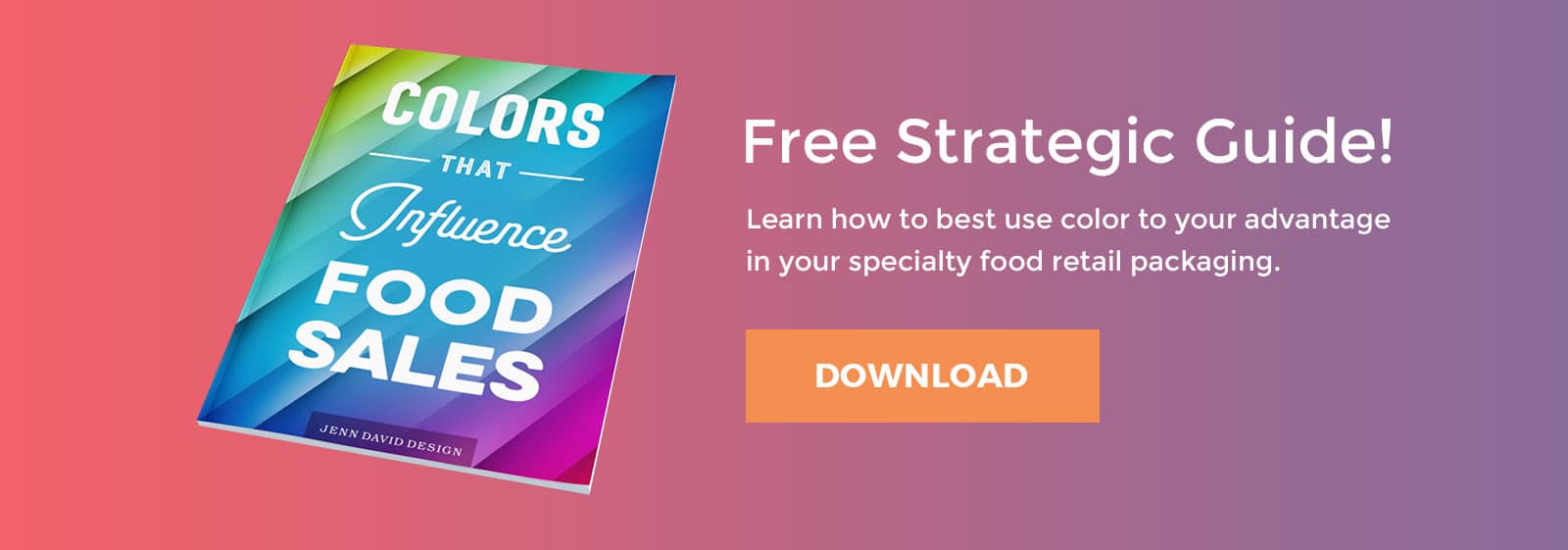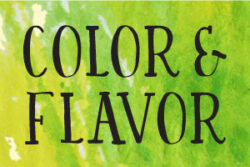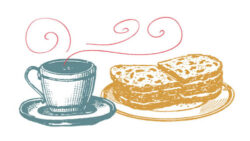I was recently contacted by a high school student with some questions for a biology experiment on how the perception of color affects the brain when eating foods. As I was explaining how flavor, color, perception and taste are intricately linked, I instantly knew I had to write an article on this topic.
The appearance of food and expectations of taste.
The connections between taste and color are fundamentally ingrained in us soon after birth when we begin to experience foods from a very early age, and the links start forming then. These connections essentially become hard-wired within us and therefore are difficult to change. Peas are green, bananas are yellow, oranges are orange—pretty straightforward.
So when we see a food product whose package clearly and visually conveys the flavor, we instantly get it and identify with that flavor, because we are familiar with it and understand it. We understand that a product with an orange label, especially when it has a picture of an orange on it, is going to taste like orange.
The short window of opportunity.
In the 2–3 second window a product has to engage on a store shelf, the taste experience is one less thing the consumer has to process when the product flavor is denoted visually. This understanding is key because there is a lot of information to convey in order for a single product to close the sale. If it isn’t conveyed well, the sale is lost.
When the flavor visually makes sense, we recognize and identify with it. This taps into the history and familiarity of the consumer and leverages that in the present moment with respect to the product. The consumer can use this understanding to engage more with the product.
When there is a disconnect.
If the package doesn’t convey the flavor well, we have to read the labeling, process the information and derive on our own what type of flavor or experience this food is going to create. The consumer has to work harder to understand, and is therefore less likely to purchase the product.
Think about when you’ve seen a line of food products that all have the same appearance and design, but just the product information is different. You have to read each label to understand what the product is. If there is a visual cue, the consumer can recognize and distinguish more easily just on plain sight, without having to read the label.
Furthermore, if the color contradicts the flavor, such as a purple package for an orange-flavored product, the disconnect can even work against the product as a deterrent. The contradiction creates a certain level of confusion, even if subconsciously, which can cause an aversion.
Learned common associations.
We also learn other color-flavor links by common association. For example, the signature flavor color on many cookies-and-cream flavored product packaging (such as ice cream) is dark blue because consumers have learned to subconsciously associate that color with the Oreo cookie brand.
If a consumer is used to seeing these color-flavor associations in the retail environment, then other brands and products can leverage that to strengthen their connection with the consumer.
There are many flavors and flavor combinations that consumers have become used to seeing a certain color for—even if they don’t consciously realize it—so it’s important to do proper research before beginning a food product design. [Related: 5 Reasons to Know Your Competitors]
The role of design.
While you want the flavor of the product to meet the consumer’s expectations and be easy to understand, you still want the design of the product to stand out on the shelf. If everything about the package meets the expected image for that type of product, then it becomes boring. The right combination of knowing which expectations to meet and when to break conventions creates a successful package. [Related: What Should a Natural Product Look Like?, Keys to Effective Packaging Design]
Of course there may be exceptions the rule, but the majority of food products will benefit from utilizing common color-flavor conventions.
Product packaging as a gateway.
The product’s packaging is the key link between the consumer and the product, and is an essential function to a thriving food product. The more you can leverage existing associations, the deeper the connection, and the more attracted the consumer is to the product.
When a product’s exterior reinforces the flavor visually—both consciously and subconsciously—we are better able to understand and perceive it, and even crave or salivate over its flavor, and therefore are more likely to purchase it when considering it in a retail environment.






Thumbs up! Great article and well written.